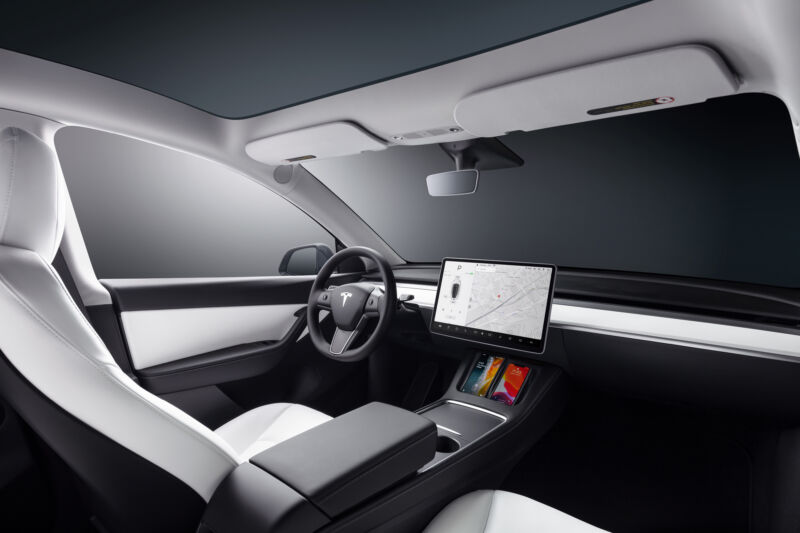
Tesla
Tesla’s highly controversial “full self driving” feature is getting yet another price increase. CEO Elon Musk used his Twitter feed last Friday to announce the price hike, telling his millions of followers, “Tesla FSD price rising to $12k on Jan 17.”
Price increases have been a fairly constant theme with the driver-assistance system. In the wake of Uber’s well-publicized IPO in 2019, Tesla got ridehailing fever, with Musk claiming that a self-driving Tesla could earn $30,000 a year in income, working the streets while its owner is asleep or at work.
“If you buy a Tesla today, I believe you are buying an appreciating asset—not a depreciating asset,” Musk said. (Although the company’s EVs do command strong prices in the used car market, they are still, in fact, subject to depreciation, according to a search on Autotrader conducted this morning.)
When “full self driving” was first introduced to the world in October 2016, it cost customers $3,000, on top of a $5,000 option for “enhanced autopilot.” However, Tesla changed tack in 2018 after Musk said the option was too confusing.
In early 2019, the automaker revamped its pricing structure, reducing the price and increasing the feature set for “Autopilot.” However, “full self driving” got a price increase to $5,000 unless you had previously bought “enhanced Autopilot,” in which case you only had to pay $2,000. (After a couple of weeks, the discount was removed.)
In April 2019, the price went up again, to $6,000. Then in July, it increased to $7,000. In July 2020, $7,000 became $8,000. And in October 2020, “full self driving” got a hefty price bump to $10,000.
Tesla can still only recognize part of this revenue on its balance sheets. As the feature is still in beta and not fully deployed, some of the money it brings in has to be classified as a liability—Tesla CFO Zach Kirkhorn told investors in 2020 that the company was only able to recognize 50 percent as revenue under generally accepted accounting practices.
